Perplexity’s AI search growth is exploding: here’s what marketers need to know
The AI search challenger is scaling fast and targeting Google’s turf. Here’s what that means for marketers and tech strategists.
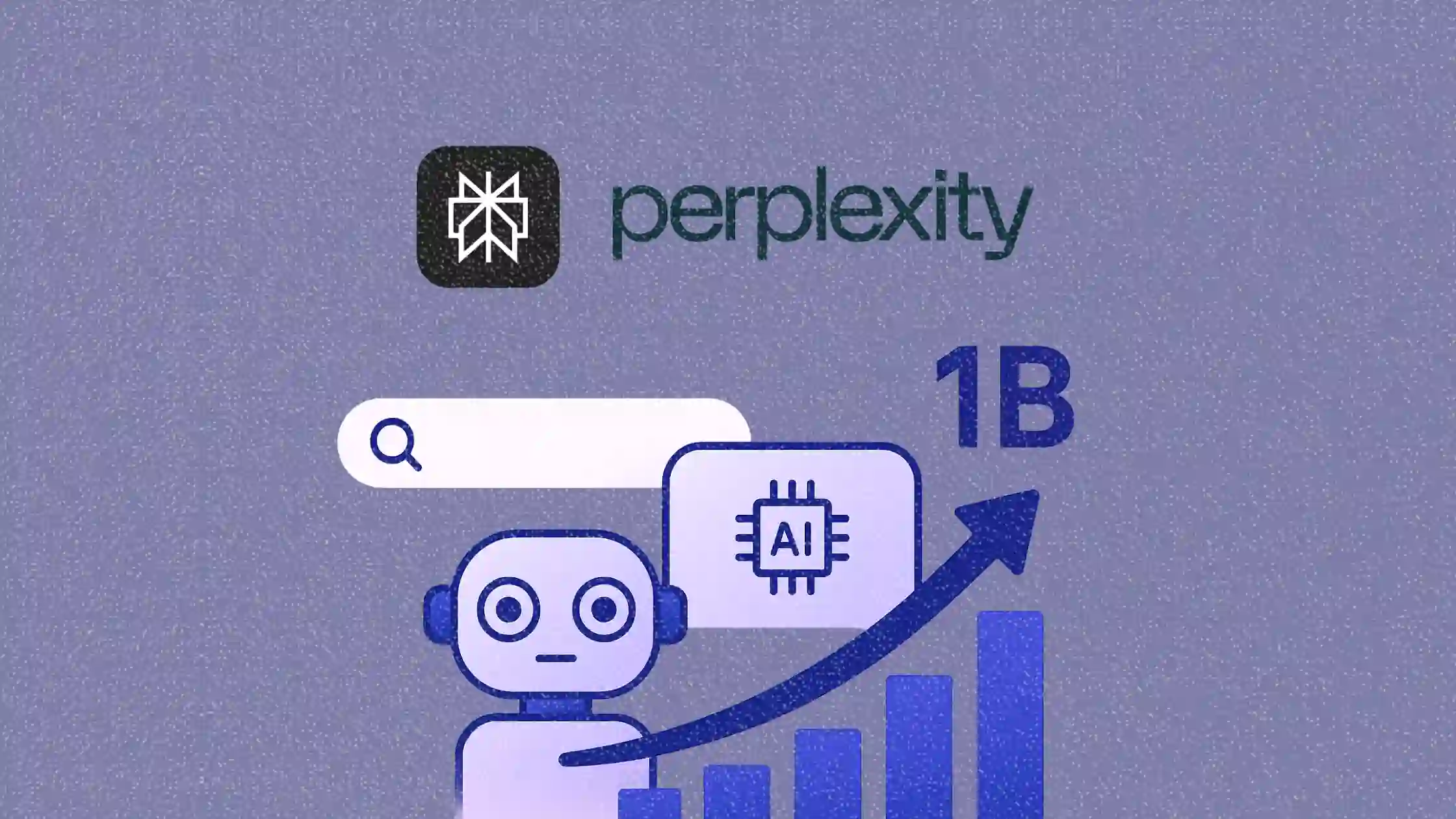
Perplexity isn’t just chasing Google’s tail—it’s accelerating.
The AI-native search startup recorded 780 million queries in May 2025, a 20% month-over-month surge that CEO Aravind Srinivas revealed at Bloomberg Tech. His near-term goal? A billion weekly queries by year-end.
In a space where Google still dominates and OpenAI looms, Perplexity is making aggressive moves to earn a seat at the table. And it’s not just about query volume—this is about reshaping how users discover information, shop, and even interact with their Android devices.
This article explores Perplexity’s growth trajectory, its strategic distribution plays, and what it all means for marketers and AI product teams building for the next wave of search.
Short on time?
Here’s a table of contents for quick access:
- Perplexity’s 780M milestone and future targets
- Google vs. Perplexity in the OEM war
- Ads, ecommerce, and Comet: how monetization is evolving
- What marketers should know
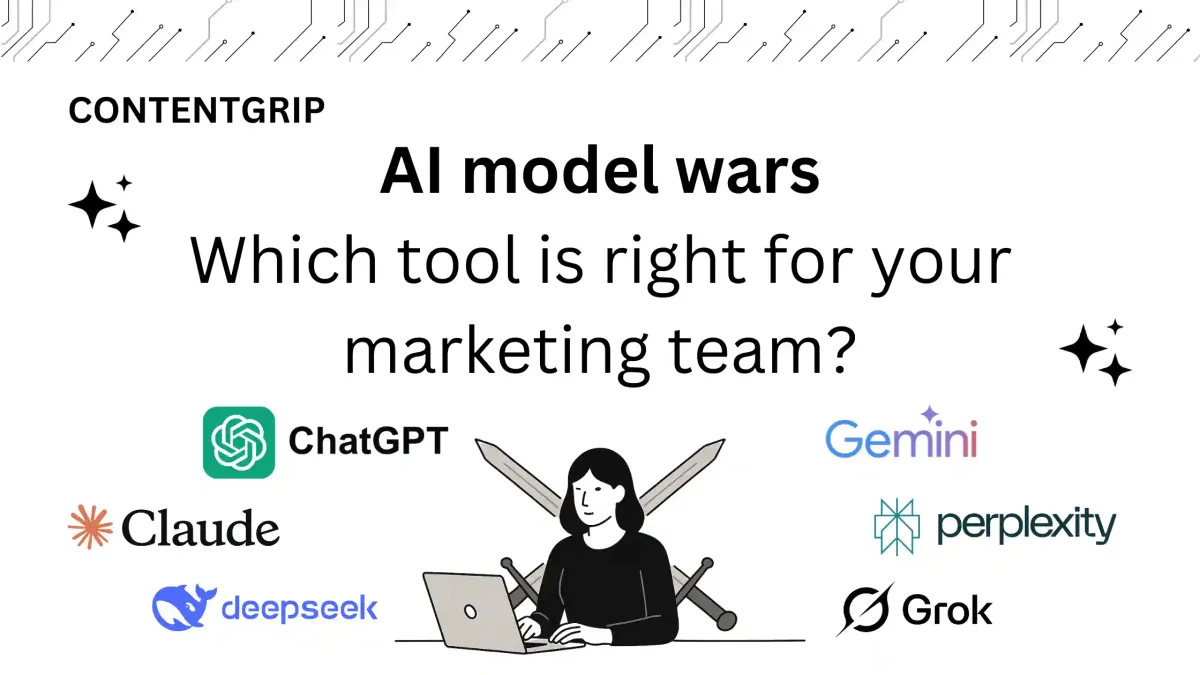
Perplexity's 780M milestone and future targets
Perplexity’s upward climb is nothing short of aggressive. The AI search tool has grown from around 230 million monthly queries last August to 780 million in May. That pace—20% month-on-month—isn’t just impressive, it’s rare in consumer tech.
At this trajectory, Perplexity could hit CEO Aravind Srinivas’ goal of one billion weekly queries by the end of 2025. That’s a tall order, but the velocity shows promise.
What’s fueling it?
A growing user base hungry for search alternatives that prioritize clarity and factual accuracy, especially as Google’s AI Overviews stumble through public blunders.
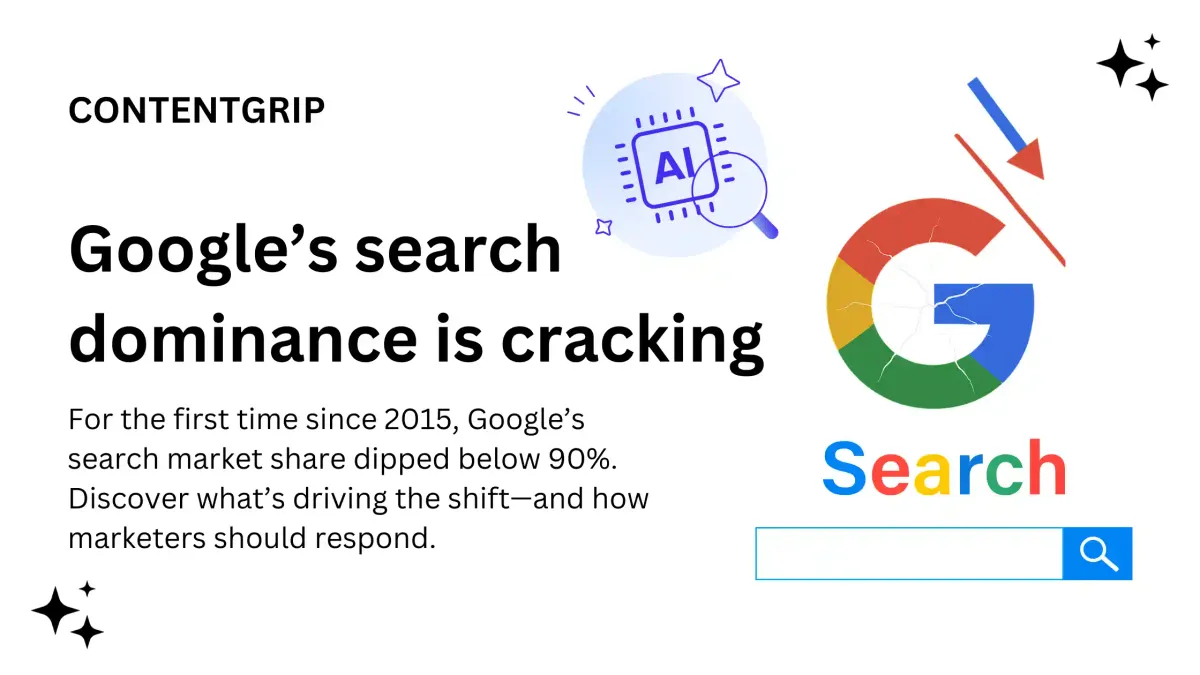
Google vs. Perplexity in the OEM war
One of the biggest friction points for Perplexity is distribution. Google has long held a chokehold over pre-installed search tools, and according to Srinivas, the search giant has made it “extremely hard” for competitors to strike OEM deals.
Despite that, Perplexity recently landed a partnership with Motorola. It’s also developing its own Android assistant—an ambitious move to unseat Google Assistant, which Srinivas bluntly called “a terrible experience.”
Perplexity’s presence at Google’s antitrust trial earlier this year speaks volumes. Its Chief Business Officer testified that Google’s exclusive contracts boxed them out of fair competition, making this not just a product story—but a policy one too.
Ads, ecommerce, and Comet: how monetization is evolving
Perplexity isn’t just scaling user numbers—it’s also laying down revenue infrastructure.
The platform has launched ad integrations with Whole Foods and TurboTax, with AI-driven ecommerce experiences baked in. It’s a bid to redefine how intent-driven search intersects with commercial outcomes.
And then there’s Comet—Perplexity’s upcoming browser.
By controlling the browser environment, the company hopes to take greater ownership of ranking logic, ad placement, and user experience—something that could turn AI search into a full-stack monetization engine.
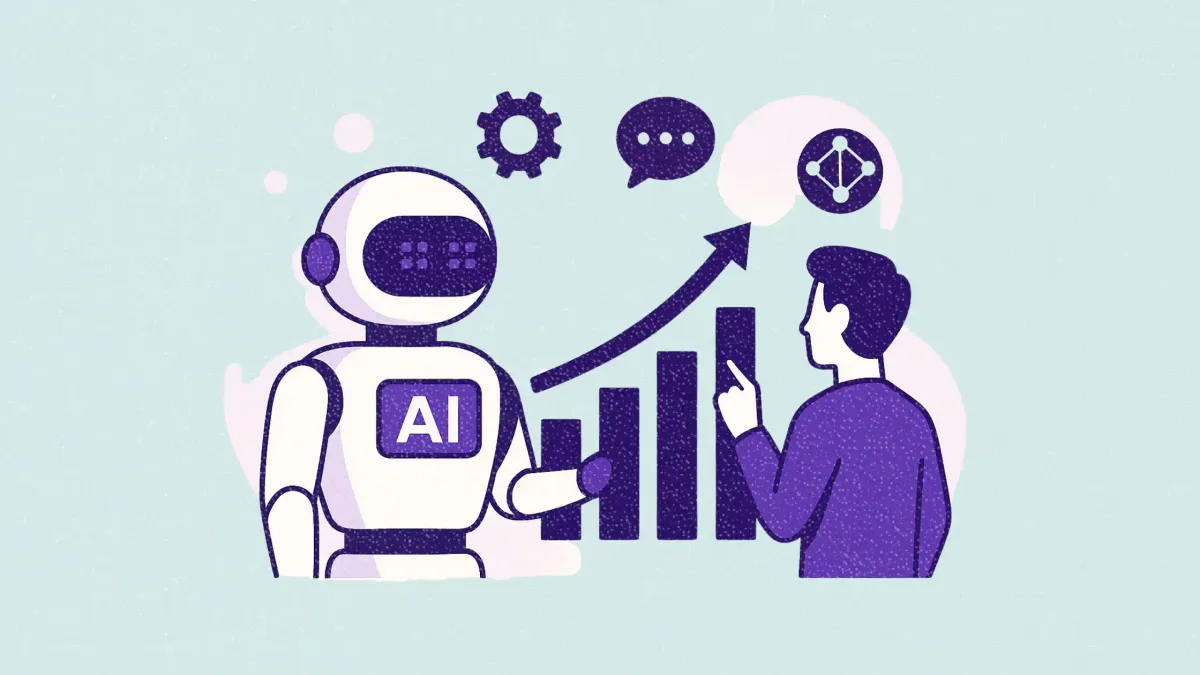
What marketers should know
Marketers, especially those investing in search and AI-powered discovery, should take note of several shifts:
1. Perplexity is redefining AI search utility.
Unlike traditional AI chatbots, Perplexity focuses on accuracy and citation-based answers, appealing to information seekers frustrated with hallucinations. Marketers targeting thought leadership and complex queries might want to optimize for this ecosystem.
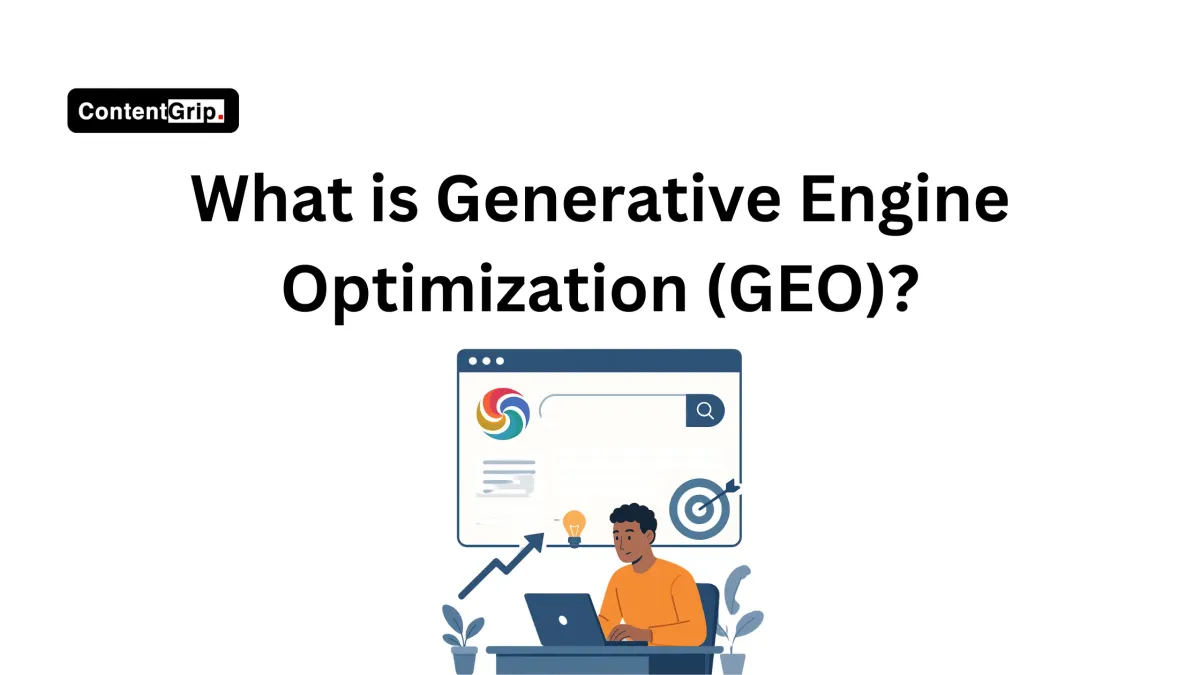
2. Distribution partnerships could shift user behavior.
If Motorola and future OEM deals gain traction, expect Perplexity to quietly show up on more Android homescreens. Marketers should monitor distribution trends to understand when and where to test for visibility across new channels.
3. Comet could create new ad formats.
As Perplexity builds its own browser, brands should prepare for potentially new ad units—think AI-native placements tied to search intent or contextual recommendations. This could become a sandbox for ad experimentation beyond the Google or Meta ecosystems.
4. Perplexity could emerge as a key player in SEO 3.0.
AI-native engines like Perplexity are changing the SEO playbook. Rather than gaming blue links, marketers may soon need to optimize for AI prompt patterns, structured sources, and verified citations.
Perplexity’s momentum signals a broader shift: AI search is no longer theoretical. As the company builds distribution, monetization, and user loyalty, it’s positioning itself as a credible alternative in a Google-dominated world.
For marketers, now is the time to test, learn, and adapt—before the game fully changes.







